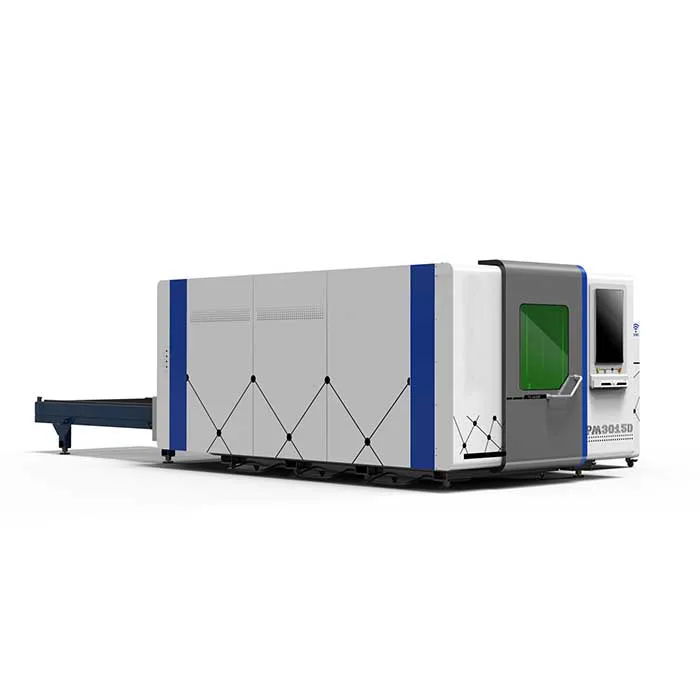
Troubleshooting Common Issues with Metal Plate Bending Machines
- By:Metmac
- 2024-09-05
- 142
Metal plate bending machines are essential tools in various industries, including construction, manufacturing, and automotive. They are used to shape and bend metal plates into complex shapes with precision. However, like any other machinery, metal plate bending machines can occasionally experience issues that affect their performance. Here are some common problems and troubleshooting tips to help you maintain optimal functionality:
Incorrect Bending Angle
Improper machine calibration: Ensure the machine is calibrated accurately according to the manufacturer’s specifications.
Incorrect tool selection: Choose the correct bending tool for the plate thickness and material.
Uneven material: Check for any unevenness or imperfections in the metal plate surface.
Poor workpiece support: Provide adequate support to the workpiece before bending to prevent distortion.
Excessive Noise or Vibration
Loose parts: Inspect the machine for any loose bolts, bearings, or gears that may cause vibrations.
Hydraulic system issues: Check for leaks or air bubbles in the hydraulic system. Bleed the system if necessary.
Improper lubrication: Ensure the machine is properly lubricated according to the manufacturer’s instructions.
Worn or damaged components: Inspect for any worn or damaged gears, bearings, or other components that may cause noise.
Bending Defects
Burrs or scratches: Adjust the tools to eliminate any burrs or scratches on the bent workpiece.
Springback: Allow for material springback by overbending the workpiece slightly.
Twisting or distortion: Check the workpiece support and ensure it is providing even and adequate support.
Cracking: Inspect the material for any imperfections or cracks that may have occurred during the bending process.
Hydraulic Leaks
Loose fittings: Inspect and tighten any loose connections or fittings in the hydraulic system.
Damaged hoses: Check for any damaged or leaking hoses and replace them if necessary.
Seal failure: Inspect the seals in the hydraulic system for any tears or damage. Replace damaged seals.
Pressure relief valve: Ensure the pressure relief valve is functioning properly and is set to the correct pressure.
Electrical Faults
Power supply issues: Check if the machine is properly connected to a power source and that the voltage matches the machine’s requirements.
Faulty wiring: Inspect the electrical wiring for any loose connections or damage.
Control panel malfunction: Check the control panel for any errors or display issues. Reset the control panel if necessary.
Overheating: Monitor the machine temperature and ensure that it does not overheat. Allow it to cool down if it becomes too hot.
-
Sheet Metal Press Brake: The Pillar of Precision Bending with METMAC
2025/11/18 -
Metal Sheet Punching Machine: Unleashing Efficiency and Versatility with METMAC
2025/11/18 -
Metal Folding Machine: The Art of Precision Bending with METMAC
2025/11/18 -
Steel Laser Cutter Machine: The METMAC Standard for Unmatched Precision and Durability
2025/11/18
-
Advanced Sheet Metal Rolling, Laser Cutting, and Folding Machines for Precision Fabrication
2025/10/31 -
High-Performance Sheet Metal Bending and Cutting Machines for Modern Fabrication
2025/10/31 -
High-Quality Sheet Metal Equipment for Sale: Efficient Solutions for Modern Manufacturing
2025/10/31 -
High-Performance Sheet Metal Equipment for Sale: Forming and Shearing Solutions for Modern Fabrication
2025/10/22
-
Understanding the Role and Function of Steel Strip Slitting Machines
2024/05/11 -
Maintenance Tips for Longevity of HVAC Duct Machines
2024/05/11 -
Innovations in Steel Strip Slitting Machine Design and Technology
2024/05/11 -
Improving Accuracy in Metal Fabrication with Laser Metal Shear Machines
2024/05/11
-
A Guide to the Latest Innovations in Sheet Metal Folding Machines
2024/11/29 -
Key Features to Consider When Investing in a Sheet Metal Folding Machine
2024/11/28 -
Enhancing Precision with Advanced Sheet Metal Folding Machines
2024/11/27 -
How to Choose the Right Sheet Metal Folding Machine for Your Workshop
2024/11/26







